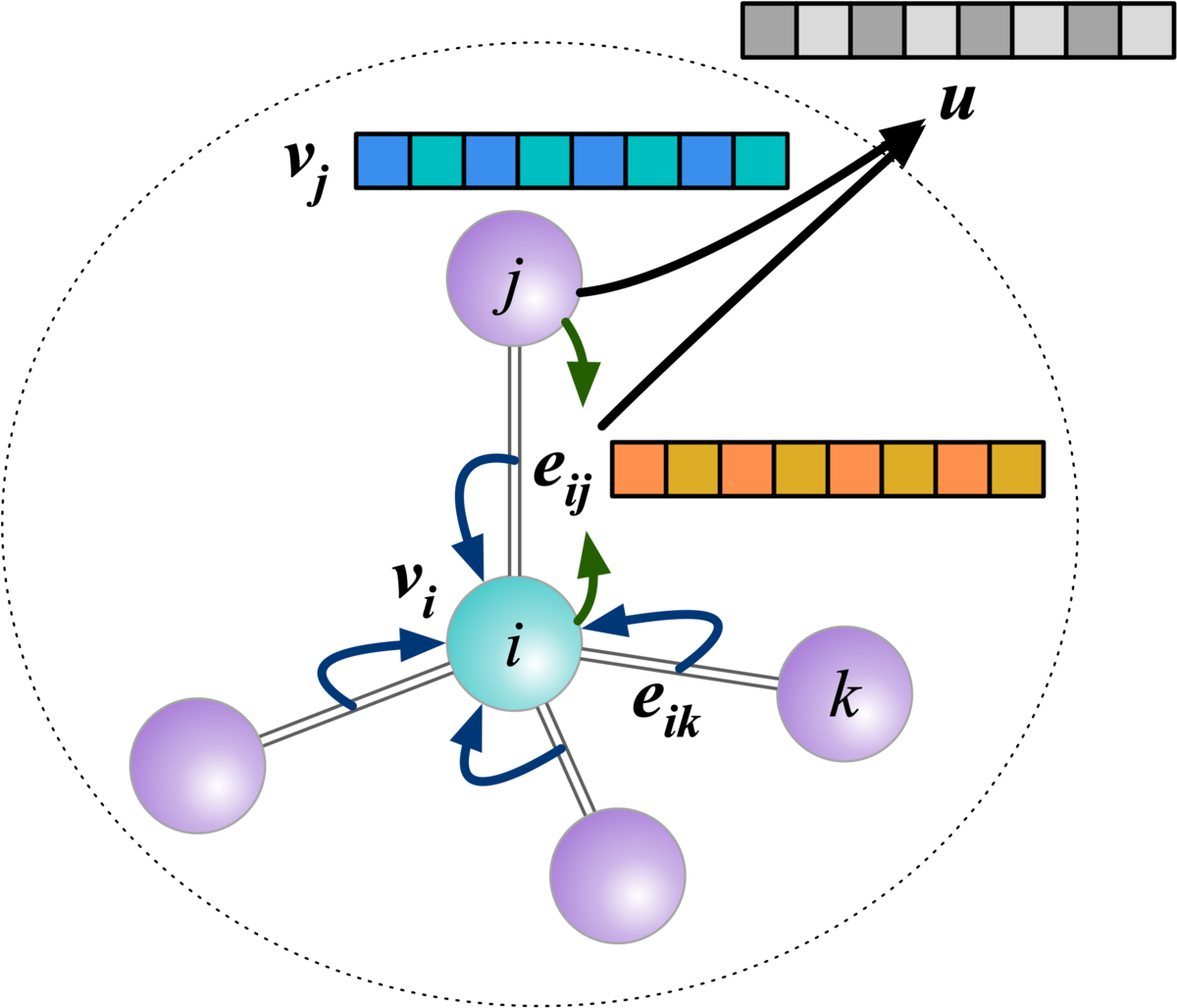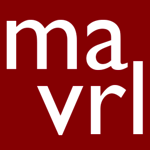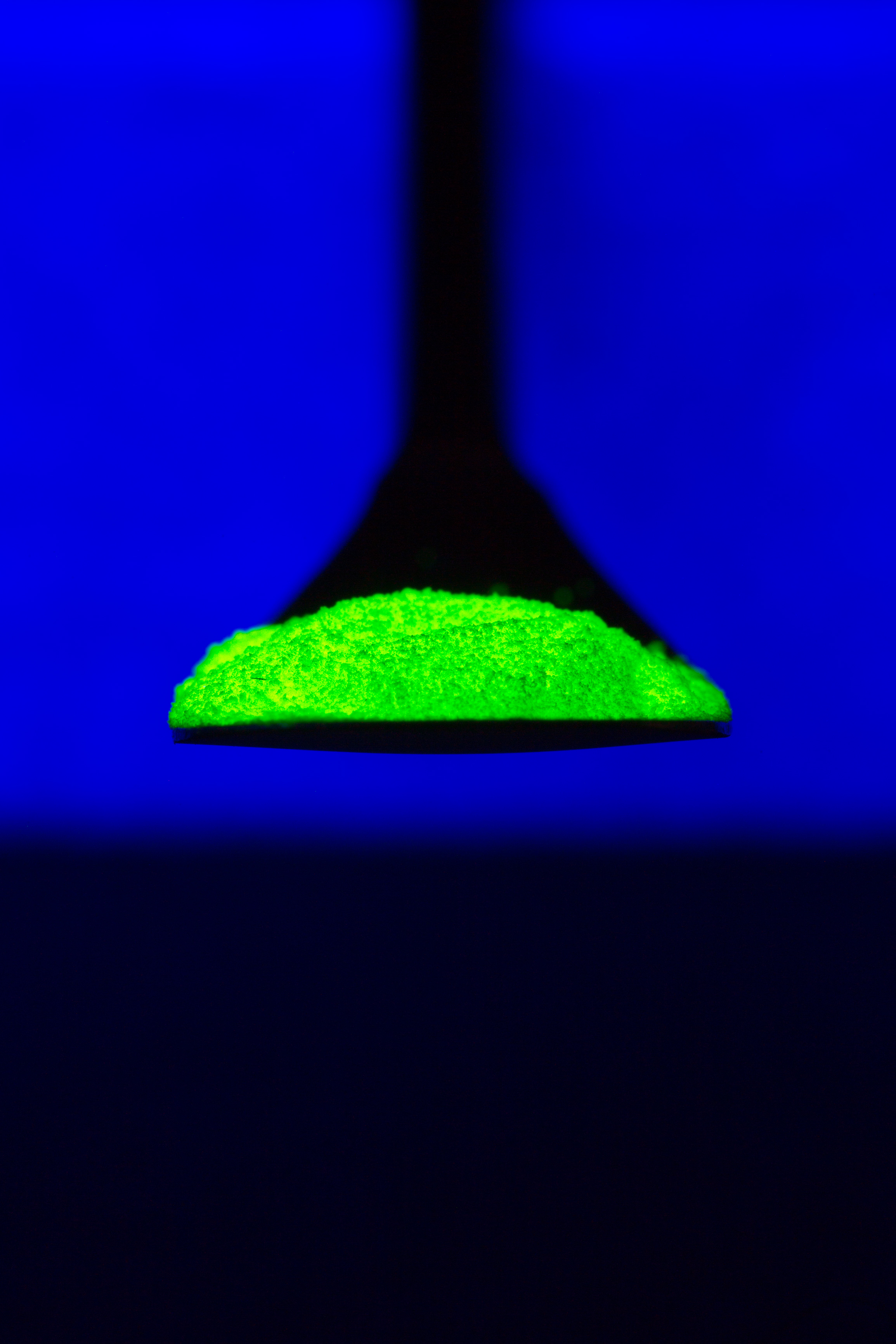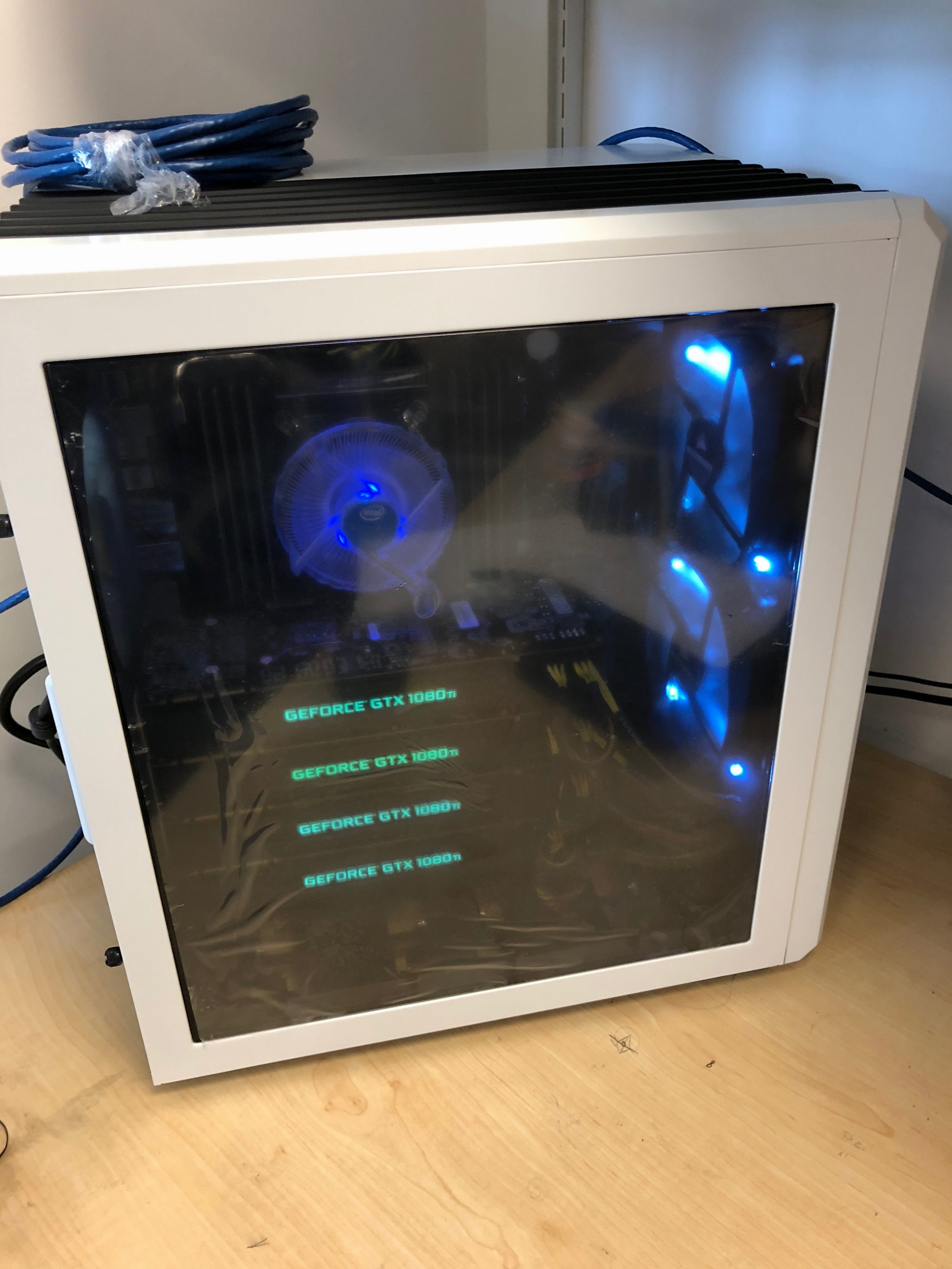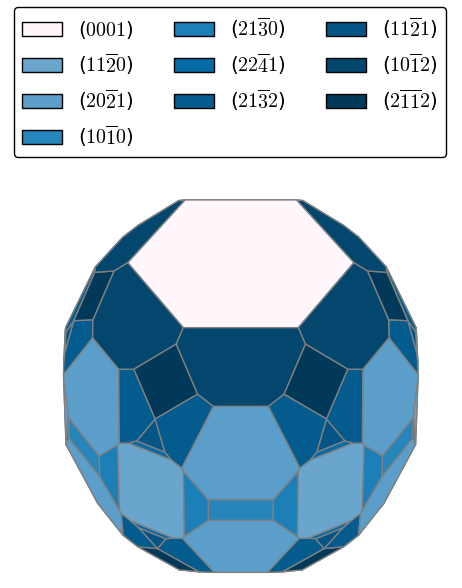Materials Graph Library
We are excited to announce that Materials Graph Library (matgl), our Deep Graph Library/PyTorch reimplementation of the MatErials Graph Network (MEGNet) and Materials 3-body Graph Network (M3GNet) models, is now ready for widespread beta testing! We finally achieved near-feature parity with the original implementations in Tensorflow after months of hard work. The new MatGL includes retrained models of the M3GNet universal potential and the MEGNet formation energy and multi-fidelity band gap models. We have also taken the trouble to include example notebooks to get users started quickly. We believe this new implementation will be more future-proof and extensible. Feedback/issue reports are definitely welcome. This is a collaborative effort between the Materials Virtual Lab and Intel Labs.

